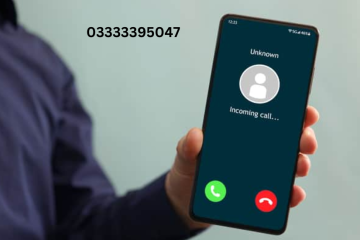Experiential marketing is transforming the way brands connect with consumers, creating memorable experiences that go beyond traditional advertising. By immersing consumers in interactive and engaging activities, brands can foster deeper connections and loyalty. This article delves into the essence of experiential marketing and its impact on consumer engagement.
In a rapidly evolving digital landscape, you are constantly bombarded with advertisements vying for your attention. Traditional methods often fall short in capturing genuine interest and fostering long-term loyalty. Experiential marketing, however, offers a unique approach by creating immersive experiences that leave a lasting impression on consumers.
Understanding Experiential Marketing
Experiential marketing is all about engaging consumers through live marketing events and interactive activities that allow them to experience a brand firsthand. Rather than simply telling you about a product or service, this strategy lets you interact with it directly. Whether it’s a pop-up shop, a branded event, or an interactive online experience, the goal is to create an emotional connection with the consumer.
One of the main advantages of experiential marketing is its ability to create memorable moments. These experiences are often shared on social media, amplifying their reach and impact. As you engage in these activities, you are more likely to develop a positive association with the brand. To get more information about how these experiences are crafted and executed, consider exploring case studies and examples from leading brands.
The Impact on Consumer Behavior
Experiential marketing can significantly influence consumer behavior by fostering stronger emotional connections. When you participate in an engaging activity, it not only captures your attention but also creates a lasting memory associated with the brand. This can lead to increased brand loyalty and advocacy as consumers are more likely to recommend a brand they have had a positive experience with.
What’s more, experiential marketing provides valuable insights into consumer preferences and behaviors. By observing how participants interact with different elements of an experience, brands can gather data to refine their strategies and better meet your needs. This approach ensures that marketing efforts are not only engaging but also highly targeted and effective.
Key Elements of Successful Experiential Campaigns
For an experiential marketing campaign to be successful, it must be well-planned and executed with precision. Firstly, understanding your target audience is crucial. The experience should resonate with their interests and values, creating a natural connection between the consumer and the brand.
Secondly, creativity plays a significant role in making the experience memorable. Unique and innovative ideas are more likely to capture attention and generate buzz.
Read Also: Analyzing Consumer Behavior
Wrapping Up: The Future of Experiential Marketing
As technology continues to advance, the possibilities for experiential marketing are expanding rapidly. Virtual reality (VR) and augmented reality (AR) are becoming increasingly popular tools for creating immersive experiences that transcend physical limitations. These technologies offer new ways for brands to engage with consumers in dynamic and innovative ways.
The rise of hybrid events that combine both physical and digital elements also presents exciting opportunities for experiential marketers. By blending live interactions with virtual components, brands can reach wider audiences while maintaining a high level of engagement. This trend is particularly relevant in a post-pandemic world where flexibility and accessibility are paramount.
Explore a world of insights—visit us for more captivating stories!



